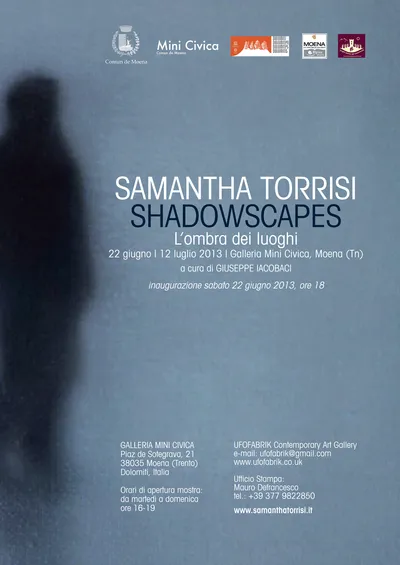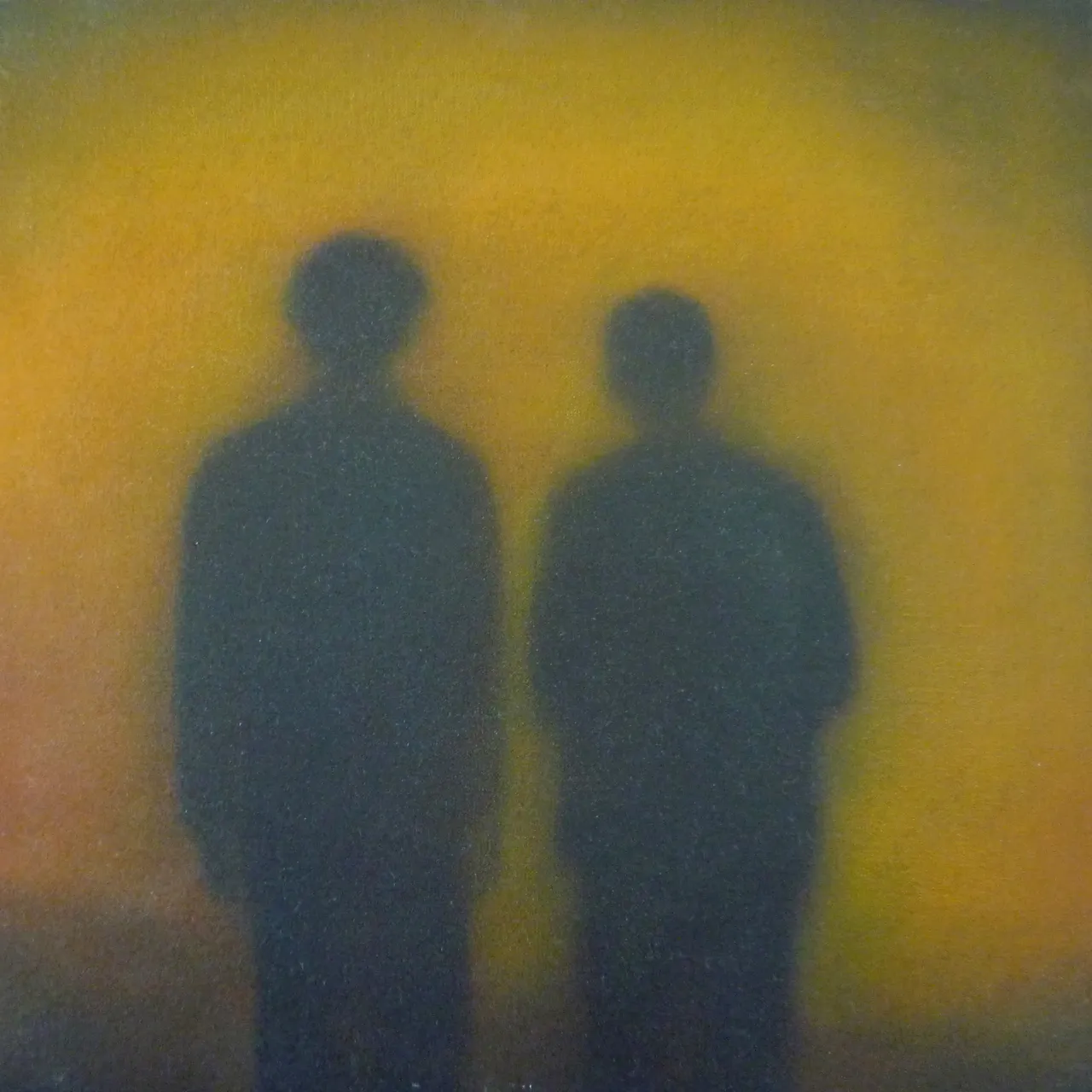Shadowscapes. L'ombra dei luoghi

Mini Civica | Moena (TN)
22 giugno - 12 luglio 2013
SHADOWSCAPES - L'OMBRA DEI LUOGHI
di Giuseppe Iacobaci
La visione di Samantha Torrisi è prevalentemente caratterizzata, in una prima fase del suo percorso, da ampi spazi suburbani, agorafobici, dove ombre e figure sfuggenti vengono catturate in fotogrammi strappati alla corsa del tempo -come fermi immagine da telecamere di sorveglianza- e investigate, ignare, da uno sguardo esterno che carpisce momenti e movimenti fugaci e li fa suoi per trasfigurarli in immagini lontane, ineffabili, come a invocare una forma di riscatto per quelle esistenze disumanizzate.
I colori caldi e sfumati sembrano allora accarezzare benevoli le piccole fragili solitudini, cristallizzandole, concedendo allo scarno effimero dell’attimo uno splendore di quieta eternità. Il segno si arrende all’evanescenza, il dettaglio all’indefinito, in un gioco onirico in cui non ci si rispecchia, ma ci si immerge, arresi. L’attimo rubato di vita altrui diventa sogno, vago ricordo plausibile, ancestrale, impossibile da collocare e forse per questo universale, vero, tangibile.
La produzione più recente dell’artista, ben rappresentata in questa mostra, si apre in due direzioni coerenti e solo formalmente opposte.
Da un lato ecco nuove suggestioni, nuove prospettive spaziali: dov’erano i neon, i corridoi infiniti d’inquietudine, si aprono ora paesaggi altrettanto sconfinati di nebbie, crepuscoli, fioche brume mattutine, nevi e chiarori, senza mai abbandonare, anzi amplificando fra le fredde campiture di bianchi e grigi, quell’alito di delicata silente introspezione che è cifra costante dell’artista siciliana.
L’altro percorso vede invece per protagoniste -qui su scelte cromatiche generalmente più affini al passato- delle inedite scomposizioni diacroniche su più frame, in un ritorno ed evoluzione dello spunto di partenza, come ulteriore osservazione del soggetto, qui narrato e ripreso, in primi piani e piani americani (e non a caso viene spontaneo adoperare terminologia cinematografica) su più tavole; e il circostante affascinante e opprimente, labirintico, agorafobico è qui del tutto cancellato.
Particolarmente affascinante si rivela un’opera come “Following the map”, dove la scomposizione filmica in due tavole viene adoperata per mostrarci i nuovi spazi aperti, percorsi, come da titolo, da un vero e proprio soggetto protagonista, intento a intraprendere il suo cammino, se non meno inquieto, di certo padrone del proprio destino, consapevole della sua ricerca. Una sintesi perfetta della poetica dell’artista, che chiude il cerchio rivelando possibili spiragli della produzione futura.
The vision of Samantha Torrisi is mainly characterized by large suburban, agoraphobic spaces where shadows and uncatchable human figures are caught by photograms that are stripped away by shots of surveillance cameras to the course of time. Such images are scrutinized by an external gaze able to size their rhythms and movements and transfigure them into far and elusive images who plead to be paied back for their disembodied existences.
The warmth and the shades of colours seem to cuddle benevolent and fragile solitudes while fixing them in a splendid, quiet and eternal time. In Samantha’s images the sign fades, the detail looses its boundaries, in a dream which suckles the viewer. The second that is sized away from some other person’s life becomes a dream, a vague, plausible, ancestral remembrance that cannot be clearly situated. This is why such fraction of time ends up by assuming universal, tangible and true features.
The most recent production of the artist is well represented in this exibition. It regards two formally opposed developments that are anyhow coherent.
On one hand, there are new suggestions and new spatial perspectives: instead of neons and halls of unrestlessness there are foggy unbounded landscapes, there are twilights, weak morning mists, snow and glimmers which amongst cold samplings of whites and greys, never abandon but actually amplify that silent and delicate introspection which is the measure of the Sicilian artist.
On the other hand unedited dyacronic breakings on more frames are priviledged (here the colors are similar to the ones used in the past). These evolve from her initial career and develop from further observations of the subject. The subject is narrated, reconsidered by close ups and represented on more surfaces (along cinema terminology); and the fascinating and oppressive agoraphobic labirynthic surroundings are here completely forgotten.
Particularly fascinating is the piece “Following the map”, where the film, divided in two tables, is used to show us new open spaces, such spaces are walked by a film subject, who starts his restless quest “following a map”, in complete control of his own destiny and consciuous of his own research. This is a perfect synthesis of the artist’s poetic vein, that fastens her work and reveals hints of her future artistic production.
Translation by Cristina Orsatti

